- Rent, Lease, or Purchase
- |
September 19, 2022
From Barracks to Bedrooms: Understanding Military Shipping Container Housing
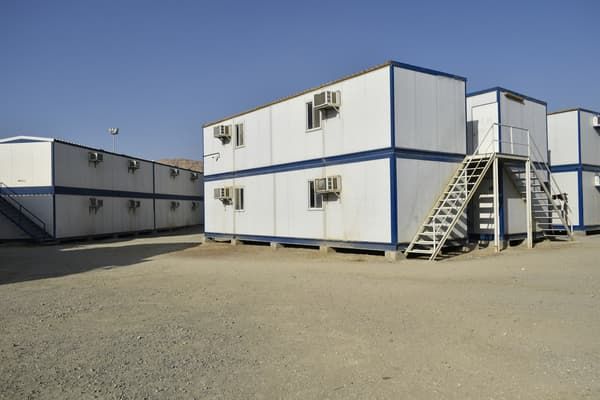
Shipping containers can serve as highly efficient, portable, and aesthetic military housing units thanks to their immense versatility, durability, and modular architecture. Besides helping build secure shelters and living quarters, containers can also function as an office space, a command center, and more.
Let's explore military shipping container housing units, the different types of units available, and the advantages they provide.
What Is a Containerized Housing Unit?
A containerized housing unit is a prefabricated home built from modified shipping containers. It includes all the basic amenities found in traditional houses with the added portability and convenience shipping containers possess.
Military operations require fully-equipped portable buildings that are secure, durable, and easy to deploy. The armed forces also need reliable structures for building barracks, veteran housing, and training areas. Modified shipping containers have been helping fulfill this demand.
Containerized housing units can function as permanent homes. They're also beneficial for military operations in remote locations due to their quick deployment and functional designs.
The container homes at Operation Enduring Freedom-Horn of Africa's base at Camp Lemonnier, Djibouti, provide an excellent example of how to create containerized housing units for military applications.
Military Housing Units Built from Conex Containers
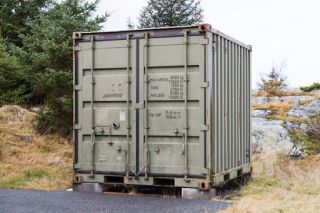
Shipping containers are traditionally used to ship cargo across continents. This is why you may see a unit advertised as a ‘sea box.’ But they can also be converted into efficient military structures once they're out of service. The military can even build shipping container data centers for remote connectivity during overseas operations.
Let's look at the different types of military structures and housing units shipping containers can provide.
Personnel Shelters
Shipping container shelters include insulated walls, doors, windows, electrical and lighting systems, furniture, and other essentials for comfortable living. These units are perfect for building homes for active-duty personnel and veterans.
Barracks

Container barracks include comfortable living quarters and dedicated storage areas, making them assets for domestic and overseas missions. Their high-strength steel body and weather-proof build make them much more secure and durable than tents. Additionally, you can customize container homes with high-security features like hasp locks for added safety.
AAR Structures
After Action Review (AAR) buildings help conduct meetings, strategic planning, operation review, and other team-based activities.
Cargo containers offer adequate space for adding whiteboards, projectors, and climate-control units to create a classroom environment for group events.
Training Lanes
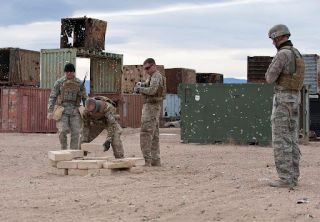
Modified shipping containers can help establish dedicated training areas such as Military Operations in Urban Terrain (MOUT) and Counter Improvised Explosive Device (IED). Since cargo containers do not lie on fixed foundations, the military can relocate these portable structures to any location to better replicate real-life scenarios.
Military Facilities
Shipping containers can help build various essential facilities and services necessary for daily military activities. They include:
Mess Areas
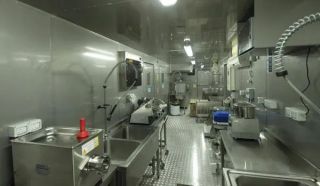
You can modify the container design to build an efficient mess area. These containers may include tables, chairs, doors, heating, and ventilation.
Kitchens
Containers can help build a highly-functional army kitchen with stoves, chimneys, sinks, and cutting and chopping areas.
Laundries
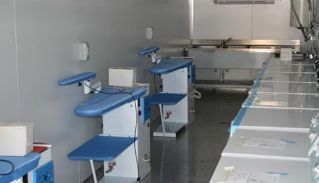
You can add washing machines, ironing boards, folding tables to construct efficient laundry areas from containers.
Bathrooms
It’s easy to build toilets and shower areas with cabinets, toilet stalls, and drainage mechanisms within a shipping container thanks to their modular design.
Discover the various uses and applications of military shipping containers.
Real-life Examples of Military Container Housing Units
Several overseas military operations use containerized housing units to station the troops. You can find some real-life examples below:
CHU, Middle East
Soldiers at the Forward Operating Bases (FOBs) in Iraq and Afghanistan stay in a containerized housing unit (CHU). Unlike conventional steel shipping container homes, these CHUs have an aluminum body. A typical CHU measures about 22' x 8' and consists of a cot, ventilation, and essential accessories.
Read more about the containerized housing unit in Iraq.
Potter's Lane, California

Potter's Lane is an initiative for homeless military veterans with special needs. It consists of 16 apartment complexes (480 square feet each) built from 54 recycled shipping containers, featuring interactive spaces like a garden and a courtyard.
Benefits of Using Shipping Containers for Military Applications
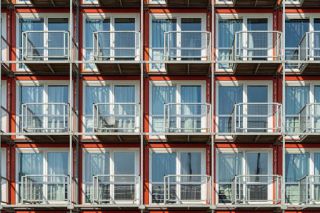
A shipping container is both reliable and weather-proof. Rain or snow, a container's solid Corten steel body protects the content from wind, moisture, and external weathering.
These structures also offer immense mobility, making them ideal for quick deployment during army operations. After an operation comes to a close, military personnel can use a truck or forklift to easily transport the container to a new location.
Besides, building a brick-and-mortar structure in remote areas can be cost-intensive and time-consuming. Meanwhile, shipping containers offer a ready-to-use facility that you can customize according to military requirements.
Disadvantages of Shipping Containers and How to Fix them
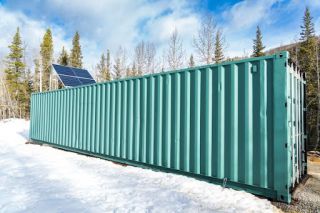
Containers can pose the following challenges, though most come with easy fixes:
- A shipping container can get hot and cold quickly due to its metal body. However, you can add insulation or install heating and air-conditioning units to maintain the ideal temperature.
- As containers are standalone units, you need a power source to run the electrical appliances in your unit. You can connect your container home to a nearby electrical grid or use remote sources like solar panels and diesel generator sets.
Conclusion
Shipping container housing units are the perfect solution for military applications. Military container housing must be highly portable for quick deployments and fast operations in remote locations. Containers can also be used to build efficient military barracks, shelters, offices, training areas, and facilities.
Mobile Modular Portable Storage is the leading supplier of high-quality storage containers, offices, and combo containers. Call us at 866-974-2764 or request a quote to learn more about our container solutions.
Frequently Asked Questions
What Is Conex in the Military?
The U.S. Army developed a special class of cargo containers during the Korean War, known as Conex (Container Express). Although the primary purpose of Conex containers was to ship supplies to front-line soldiers, their design formed the basis for modern ISO containers.
Do Container Homes Last?
Shipping container housing units boast a durable, weather-proof build that resists wind, moisture, and external weathering. Painting the container and taking adequate moisture-control measures can further improve the life of your container home.
What Type of Military Structure Can You Build Using Shipping Containers?
You can build military buildings and facilities using shipping containers, including personnel shelters, barracks, housing areas, training lanes, AAR meeting rooms, offices, command centers, kitchens, laundry areas, mess, and bathroom facilities.
Related Blogs
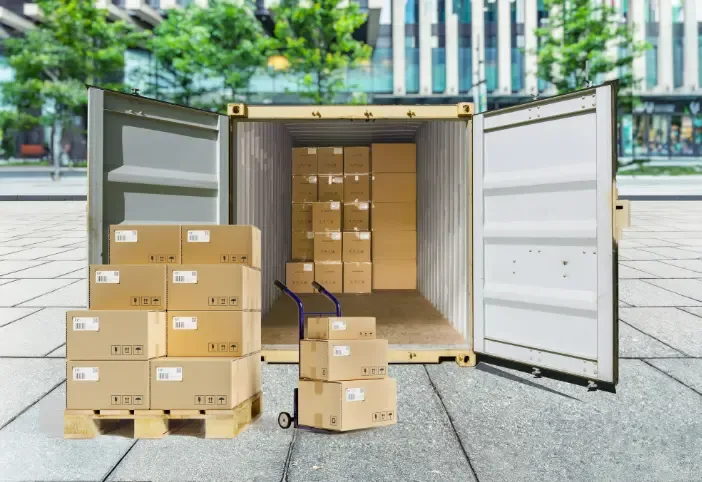
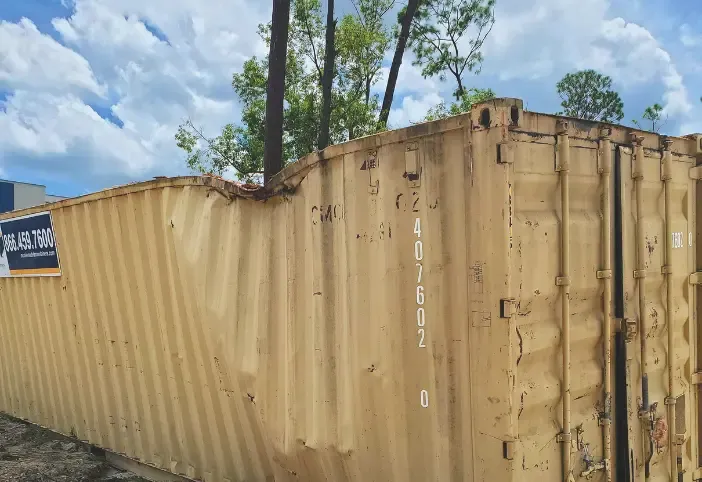
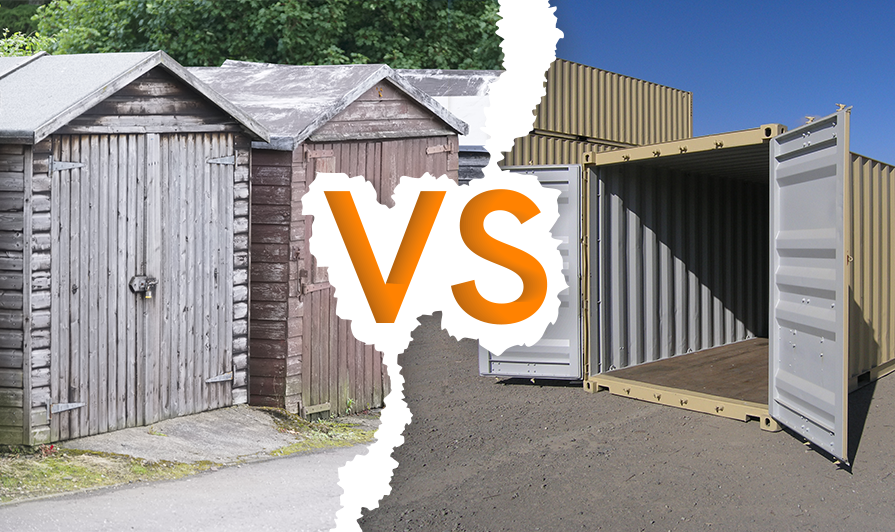
Subscribe to Our Blog
Enter your email address to subscribe to the blog and receive the notification of new posts by email.
Thank You for Subscribing to Our Blog!
Stay tuned for upcoming emails with valuable content that we hope will enhance your experience with our brand.
Both Pardot and mg360 form submissions failed.
